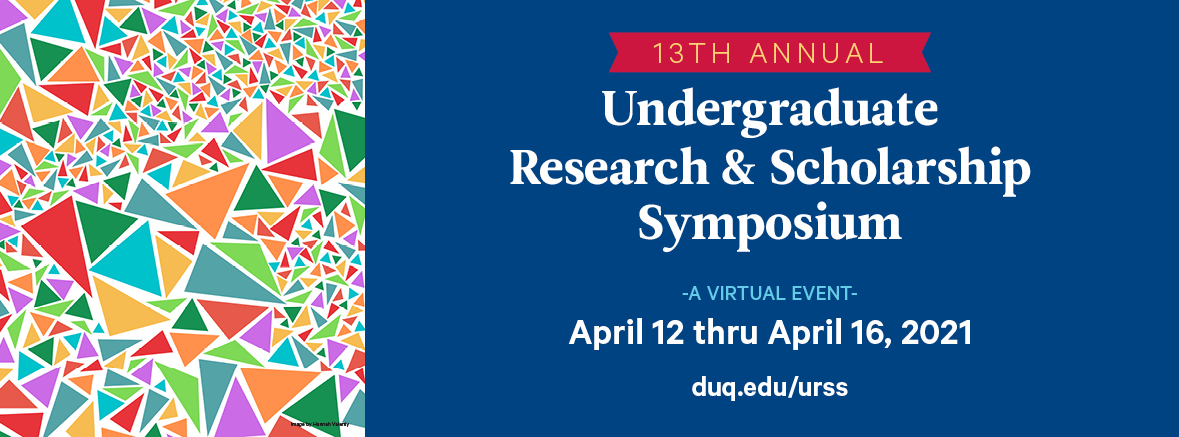Presenter Information
Amanda Pellegrino1,2, Dr. Bin Yang1, and Dr. Kimberly Forsten Williams1
1Department of Engineering, Duquesne University, Pittsburgh PA
2School of Nursing, Duquesne University, Pittsburgh, PA
Abstract
Three-dimensional bioprinting is a tissue engineering and regenerative medicine technique that utilizes biomaterials to print clinically relevant scaffolds. These scaffolds are used for tissue repair and to treat disease, such as end-organ failure. The main problem with 3D bioprinting is its inability to print soft biomaterials, which collapse due to gravitational forces. In addition, the materials that can be used do not mimic native tissue’s mechanical properties and texture. To combat this, Dr Feinberg’s laboratory at Carnegie Mellon University developed the freeform reversible embedding of suspended hydrogels (FRESH) method. The FRESH method allows for soft biomaterials to be supported in a gelatin bath during printing and then crosslinked for stability.
The goal of this study was to adapt and apply the FRESH method to print 3D alginate structures on an Allevi 1 bioprinter. Alginate is a natural, biocompatible polymer that has a similar structure to living tissue extracellular matrix. It currently is used in multiple biomedical applications including tissue engineering, wound healing, and drug delivery. Alginate, however, is a soft biomaterial and needs to be crosslinked with divalent cations to form stable structures. With the FRESH method, we successfully printed lattice and cylindrical structures using alginate. We demonstrated that the FRESH method on Allevi 1 is viable and robust and can be used as part of a teaching laboratory in the Department of Engineering to introduce students to bioprinting. A future direction we are pursuing is to incorporate bioprinting into research using other biomaterials, such as collagen.
School
Rangos School of Health Sciences; School of Nursing
Advisor
Bin Yang, Ph.D. and Dr. Kimberly Williams, Ph.D.
Submission Type
Paper
Publication Date
April 2021
Bioprinting Alginate Structures using the FRESH Method
Three-dimensional bioprinting is a tissue engineering and regenerative medicine technique that utilizes biomaterials to print clinically relevant scaffolds. These scaffolds are used for tissue repair and to treat disease, such as end-organ failure. The main problem with 3D bioprinting is its inability to print soft biomaterials, which collapse due to gravitational forces. In addition, the materials that can be used do not mimic native tissue’s mechanical properties and texture. To combat this, Dr Feinberg’s laboratory at Carnegie Mellon University developed the freeform reversible embedding of suspended hydrogels (FRESH) method. The FRESH method allows for soft biomaterials to be supported in a gelatin bath during printing and then crosslinked for stability.
The goal of this study was to adapt and apply the FRESH method to print 3D alginate structures on an Allevi 1 bioprinter. Alginate is a natural, biocompatible polymer that has a similar structure to living tissue extracellular matrix. It currently is used in multiple biomedical applications including tissue engineering, wound healing, and drug delivery. Alginate, however, is a soft biomaterial and needs to be crosslinked with divalent cations to form stable structures. With the FRESH method, we successfully printed lattice and cylindrical structures using alginate. We demonstrated that the FRESH method on Allevi 1 is viable and robust and can be used as part of a teaching laboratory in the Department of Engineering to introduce students to bioprinting. A future direction we are pursuing is to incorporate bioprinting into research using other biomaterials, such as collagen.

